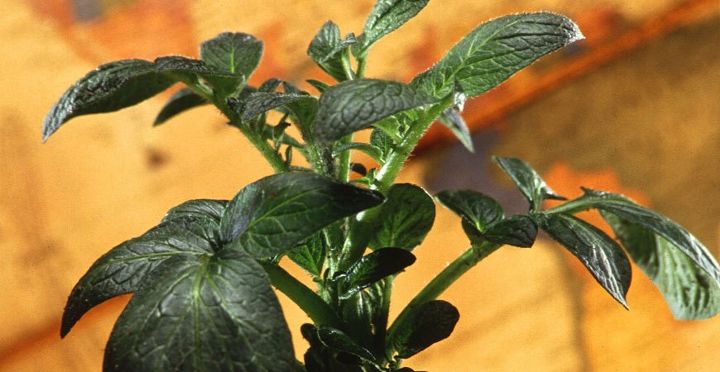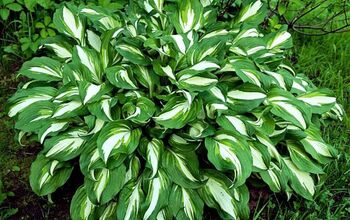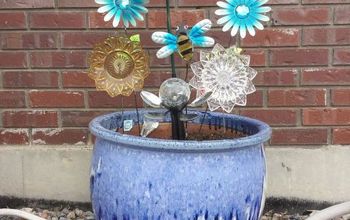6 Delicious Reasons You Should Definitely Plant Potatoes This Spring

by
Wet & Forget
(IC: professional)
Potatoes don’t always get the credit they deserve. These humble tubers pack more nutrition than you might realize in a small, unassuming package, and their low-maintenance nature means that you don’t need a green thumb to grow a bumper crop. The spuds you buy at the supermarket, however, can also come packed with pesticides and fungicides, and come in very limited varieties. Growing your own potatoes is a cinch, gives you the freedom to choose your own varieties–even blue!–and gives you peace of mind from serving your family fresh produce that isn’t loaded with chemicals. Read on to discover 6 reasons you should make potatoes a star or your spring lineup this year!
1. They’re Easy to Grow
2. Organic is Better
3. More Varieties = More Fun!
5. Nutritious? Yes!
Enjoyed the project?
Published February 25th, 2016 10:39 AM































Frequently asked questions
Have a question about this project?